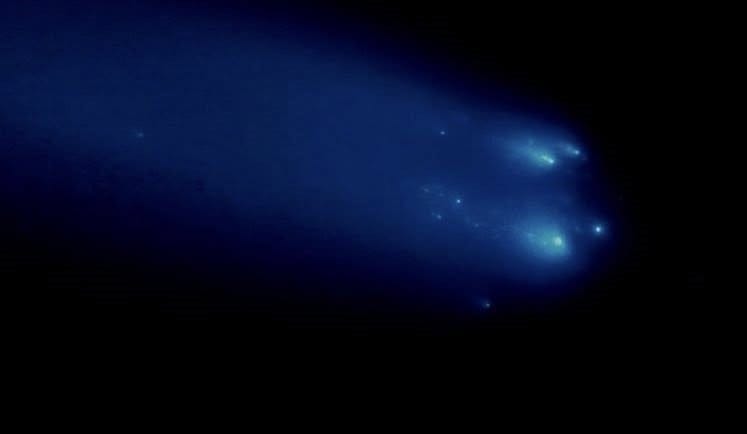Discovery of 3I/ATLAS Sparks Global Scientific Interest
A newly detected interstellar comet, 3I/ATLAS, is capturing the attention of astronomers around the world for its potential to reveal information about materials formed outside our solar system. Confirmed in early July, it marks only the third recorded interstellar object to pass through our solar system, making it a rare and valuable subject of study.
Nickel Vapor Detected Far Beyond the Sun’s Warmth
Researchers have identified nickel vapor within the gas surrounding the comet at nearly four times the Earth–Sun distance, where temperatures are typically too low for metals to vaporize. This detection, achieved through the use of advanced spectrographs and light analysis, provides an unexpected look at the comet’s chemical makeup.
An international team led by Darryl Z. Seligman from Michigan State University, with participation from scientists in Chile and other research centers, continues to monitor the comet as it travels through the solar system. Their coordinated observations aim to better understand the composition and behavior of this ancient traveler.
A Messenger From Before the Solar System’s Birth
Preliminary findings suggest that 3I/ATLAS may predate the solar system itself, containing chemical signatures that trace back to its formation in a distant star system. As the comet approaches the Sun, it will undergo thermal reactions that could offer additional clues about its origin, evolution, and the materials it carries.
The study of such interstellar visitors provides an unparalleled glimpse into the chemical and physical characteristics of other planetary systems, helping scientists reconstruct te processes that shaped the early universe and deepening our understanding of cosmic evolution.







